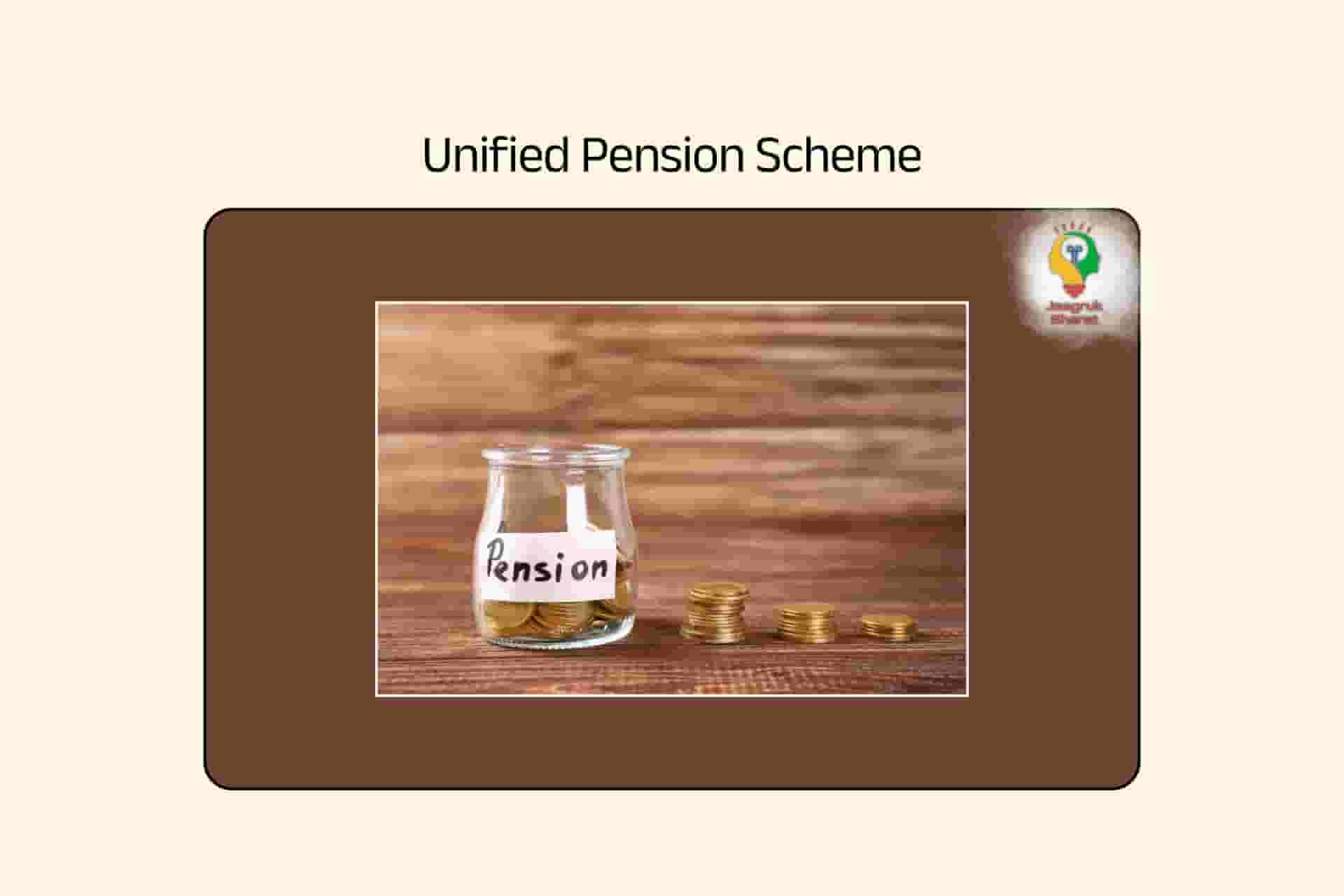Unified Pension Scheme: A New Option For Central Government Employees
Updated: 08-10-2025 at 5:33 PM
1k


The Finance Ministry issued an official notification about the Unified Pension Scheme (UPS) which the ministry approved in August last year on Friday night. The pension plan serves as an optional retirement programme under the National Pension System (NPS) for civil servants who started working after January 1st 2004.
Why Was UPS Introduced?
The government developed the UPS specifically to boost employees' financial stability. Under this pension system, the government raises its contribution level. This is to guarantee retirement payments to retirees. This initiative seeks to address worker grievances linked to NPS. It aims to boost retirement financial security and offer clear predictions to retirees after they leave their jobs.
Key Features Of The Unified Pension Scheme
The UPS introduces several significant updates to benefit central government employees. Here is a detailed look at its key features:
Higher Government Contribution:
-
Under the updated pension system, the government now provides 18.5% of basic pay plus dearness allowance (DA) to employees. This is a 4.5% increase in funding from earlier levels.
-
Workers will keep paying 10 per cent of their basic pay together with DA during their employment.
Assured Payouts:
-
Employees with at least ten years at the organisation will get a lifetime pension of ₹10,000 per month upon retirement.
-
Retired personnel with 25 or more years of service qualify for a 50% pension. The calculation is based on their average basic pay in the year before they retire.
Proportionate Payments for Lesser Service:
- Employees with less continuous service get smaller benefit payments based on their time with the company.
Family Benefits:
- Following the death of a pensioned retiree, their legitimate spouse will obtain 60% of the pension payments as family payout benefits.
Conditions for Eligibility:
- Workers who resign, are removed, or are dismissed cannot access any benefits from the UPS programme.
Voluntary and Compulsory Retirement:
-
Employees who take voluntary retirement after 25 years are guaranteed a payment from their retirement age.
-
Rule 56(j) mandated retirements to allow employees to receive UPS benefits.
Corpus And Investment Details
The UPS introduces a dual funding model. It will ensure financial stability and guaranteed payouts. Here are the key aspects:
Individual Corpus:
-
The combination of employee contributions and matching government payments makes up this fund.
-
Employees can choose their investment options under PFRDA regulations.
Pool Corpus:
-
The plan gets 8.5% of funding from government initiatives. This helps provide guaranteed disbursements.
-
The government controls all investment decisions about pool corpus funds.
UPS In Comparison With NPS And OPS
The Unified Pension Scheme offers a blend of features from both NPS and OPS, providing better benefits to employees. Here is a comparative table:
| Feature | NPS | OPS | UPS |
|---|---|---|---|
| Contribution | Defined (Employee: 10%, Govt: 14%) | None | Defined (Employee: 10%, Govt: 18.5%) |
| Benefits | Market-linked returns | Fixed (50% of last drawn salary) | Fixed (50% of average last 12 months’ salary) |
| Family Pension | Limited | Fixed | 60% of retiree’s pension |
| Investment Risk | High (Market-driven) | None | Low (Government-managed pool corpus) |
| Applicability | Employees post-2004 | Employees pre-2004 | Employees post-2004 (optional |
Challenges With UPS Implementation
Implementing the Unified Pension Scheme comes with its own set of challenges. Below are some of the key issues:
-
Higher Costs: The government expects to spend ₹6,250 crore each year for the UPS system. They will also pay ₹800 crore for past retirees' arrears benefits.
-
Admin Efforts: Managing dual funds, with individual and pooled investments, is costly and time-consuming.
-
State-Level Implications: States with the same pension approach face financial issues. This is clear in Rajasthan, Chhattisgarh, and other states that adopted the Old Pension Scheme.
Significance of UPS
The Unified Pension Scheme solves workers' complaints about the NPS. This programme combines NPS elements with OPS functions. It provides stable retirement protection to employees within government budget constraints. The proposed scheme is an example for states. They should use it to test pension reform strategies.
Conclusion
The Government is improving its workforce's financial protection. It is doing this by implementing the Unified Pension Scheme. The benefits offer certain payments. They also raise contribution rates and expand family support. This addresses many limits of the NPS. This scheme's success depends on good admin and a smooth rollout. This effort could improve India's pension system even more.
Get the latest updates on government schemes and policies with Jaagruk Bharat. Join India's biggest Jaagruk Bharat community. Share your thoughts, questions, and your favourite topics for us to cover.
Frequently Asked Questions
0
0
1k
0
0
1k Views
0
No comments available





Our Company
Home
About
T&C
Privacy Policy
Eula
Disclaimer Policy
Code of Ethics
Contact Us
Cancellation & Refund Policy
Categories
Women
Insurance
Finance
Tax
Travel
Transport & Infrastructure
Food
Entertainment
Communication
Government ID Cards
E-commerce
Traffic guidelines
Miscellaneous
Housing and Sanitation
Sports
Startup
Environment and Safety
Education
Agriculture
Social cause
Employment
Disclaimer: Jaagruk Bharat is a private organization offering support for documentation and government scheme access. We are not affiliated with any government body. Official services are available on respective government portals. Our goal is to make processes easier and more accessible for citizens.
All Copyrights are reserved by Jaagruk Bharat